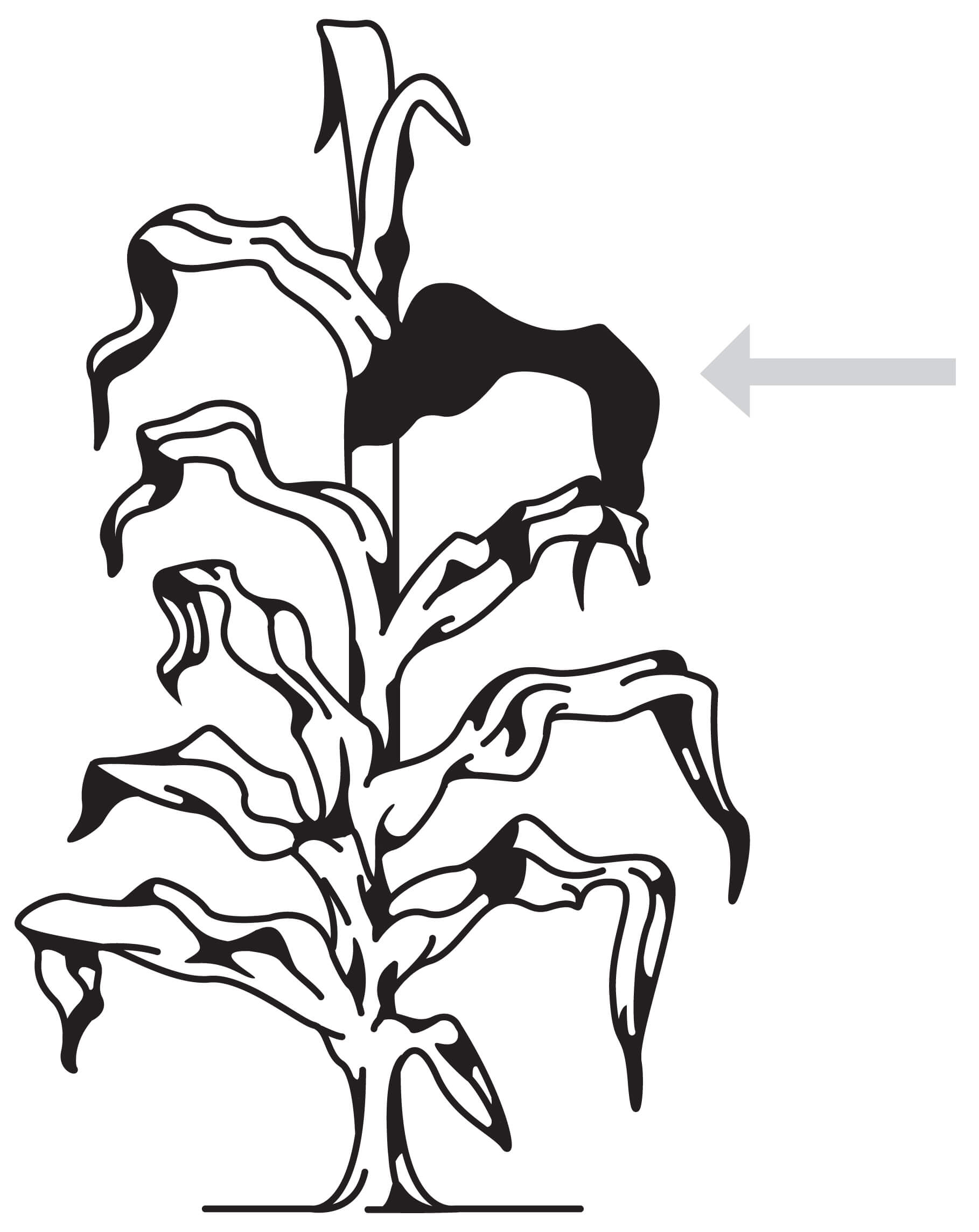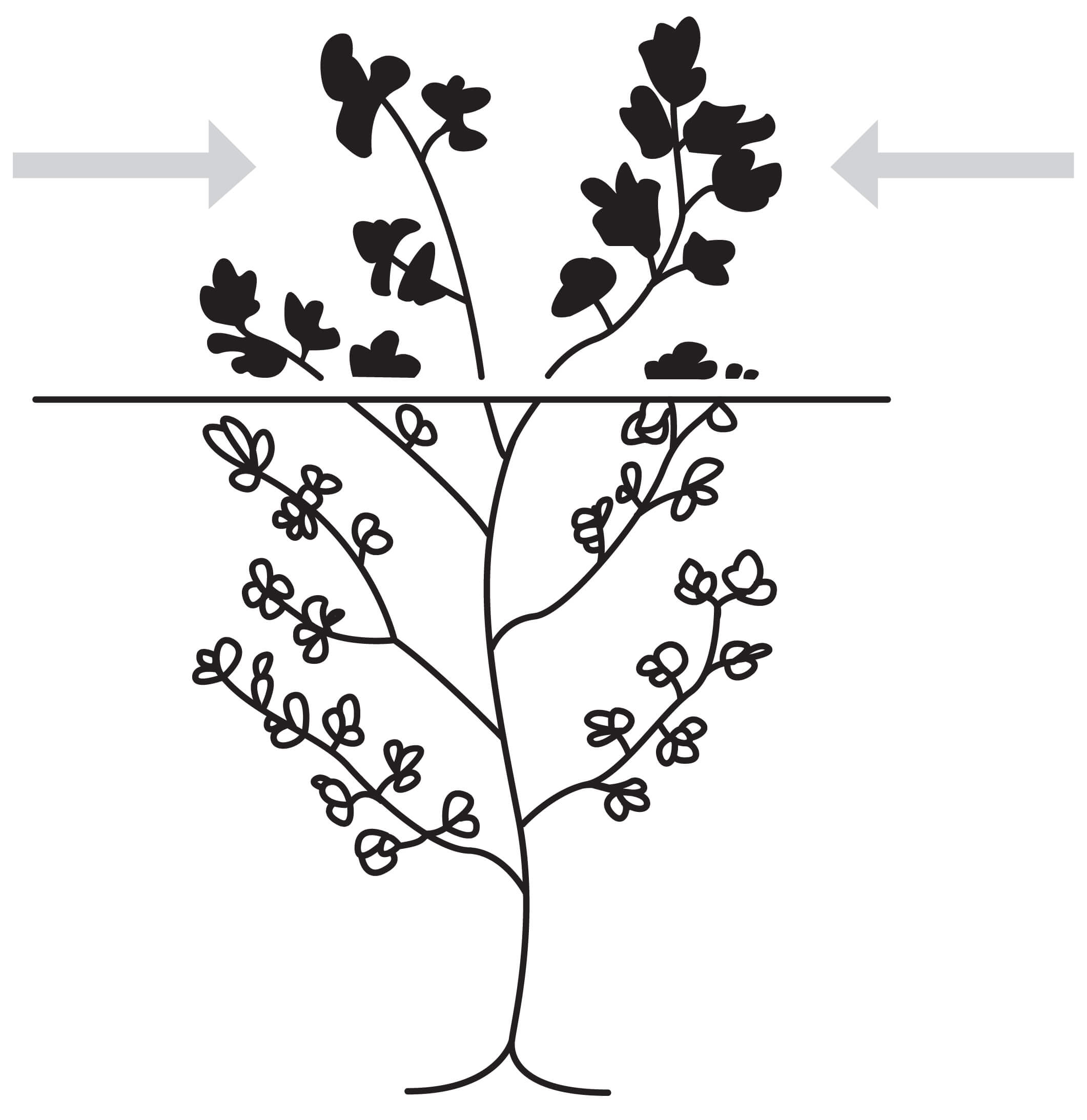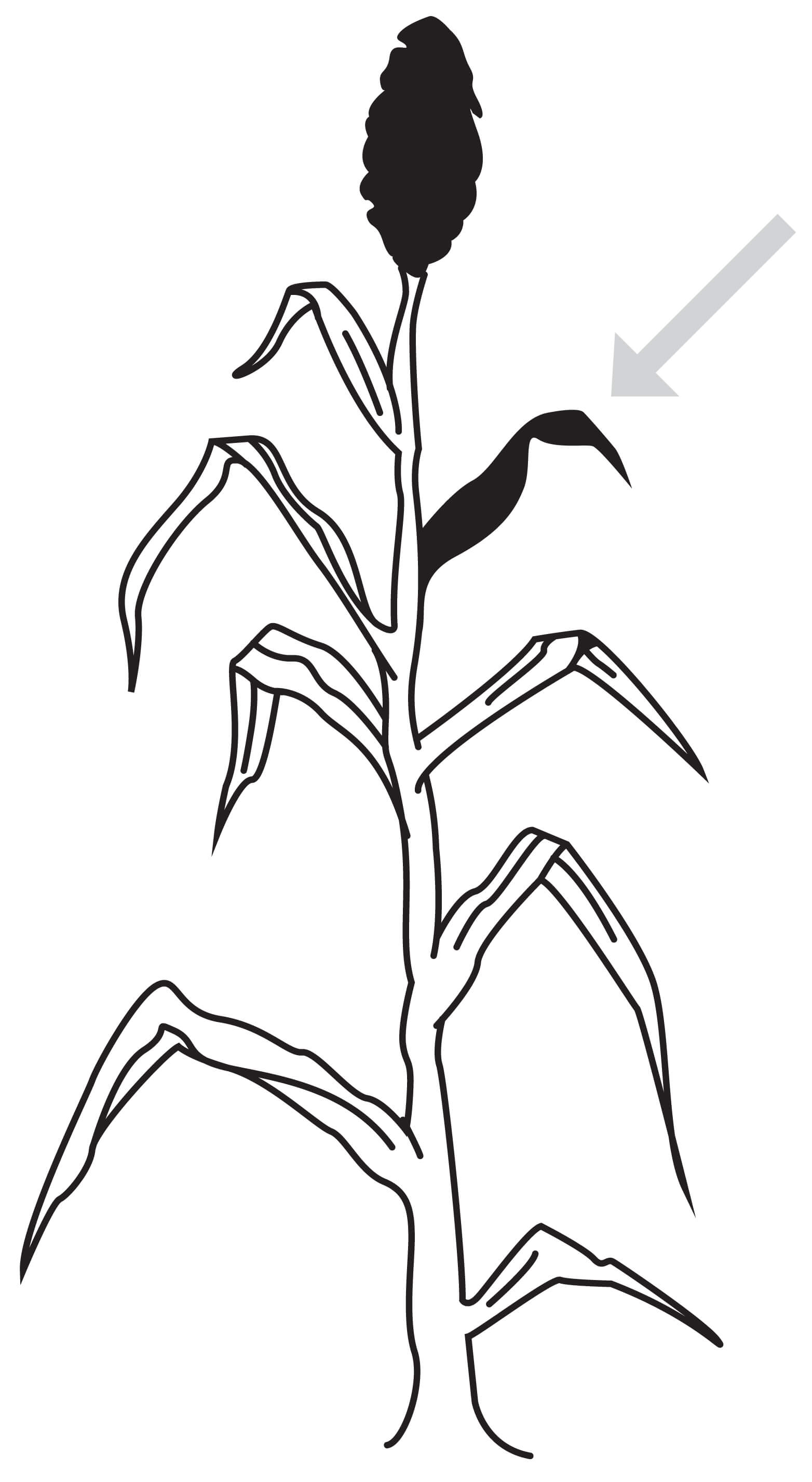0
You have 0 items in your cart
We can help you determine if there are excessive or insufficient nutrient levels in a variety of plant tissues including: corn, beans, small grains, hay, grasses, alfalfa, and milo. See the various sampling procedures below.
| Field Crop | Stage of Growth | Plant Part to Sample | No. of Plants to Sample | |
|---|---|---|---|---|
| Corn |  |
Seedling stage (Less than 12″) |
All the above ground portion | 20 – 30 |
| Prior to tasseling | The top leaf with collar | 15 – 25 | ||
| From tasseling to early silking | The entire leaf at the ear (or immediately below it) | 15 – 25 | ||
| Sampling after brown silk is not recommended. |
| Field Crop | Stage of Growth | Plant Part to Sample | No. of Plants to Sample | |
|---|---|---|---|---|
| Soybeans or other beans |  |
Seedling stage (Less than 12″) |
All the above ground portion | 20 – 30 |
| Initial flowering | Two or three fully developed leaves at the top of the plant | 20 – 30 | ||
| Sampling after pods begin to fill is not recommended. |
| Field Crop | Stage of Growth | Plant Part to Sample | No. of Plants to Sample | |
|---|---|---|---|---|
| Small Grain |  |
Seedling stage (Less than 12″) |
All the above ground portion | 50 – 100 |
| Boot to heading | The above ground portion | 20 – 30 | ||
| Sampling after grain fill is not recommended. |
| Field Crop | Stage of Growth | Plant Part to Sample | No. of Plants to Sample | |
|---|---|---|---|---|
| Hay, pasture or forage grasses | Just prior to seed head emergence or 4 to 6 weeks after clipping | Whole tops | 20 – 30 |
| Field Crop | Stage of Growth | Plant Part to Sample | No. of Plants to Sample | |
|---|---|---|---|---|
| Alfalfa |  |
Bud stage to 1st flower | The upper 1/3 of the plant | 15 – 25 |
| Field Crop | Stage of Growth | Plant Part to Sample | No. of Plants to Sample | |
|---|---|---|---|---|
| Milo |  |
Very early heading | Second leaf from top of plant | 15 – 25 |
Cover Crop Plant Analyses Sampling Procedure:
Download the submittal form and make sure you include your name, address, phone number, sample ID, and desired analysis. Email address is suggested for rapid return on reports.
Your results will be emailed once completed. Turnaround time varies by analysis and season, but most sample results will be sent within 1-3 days of the samples arriving at the lab. You will receive an invoice with the results, payable by check, credit card or through our online portal.